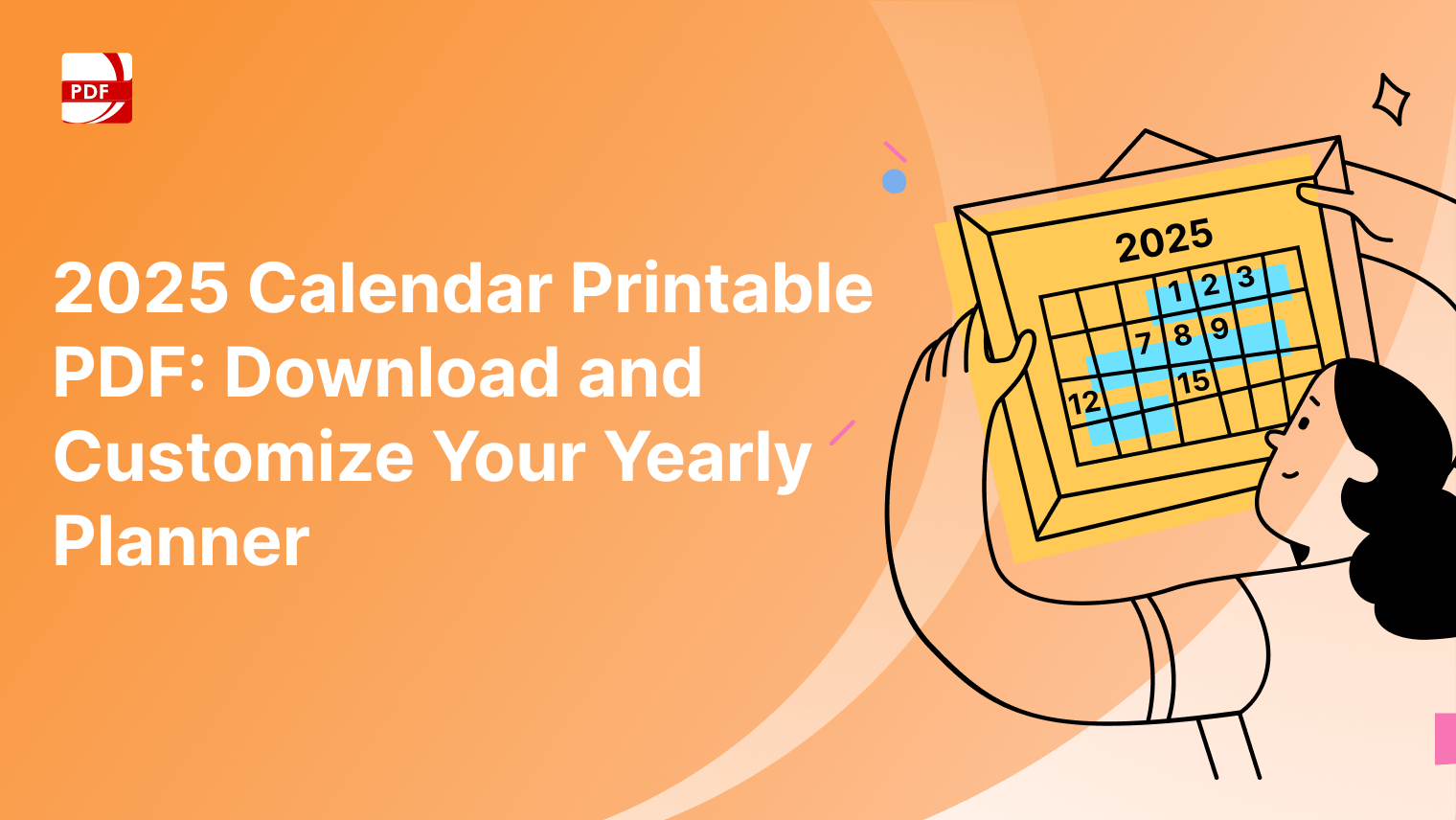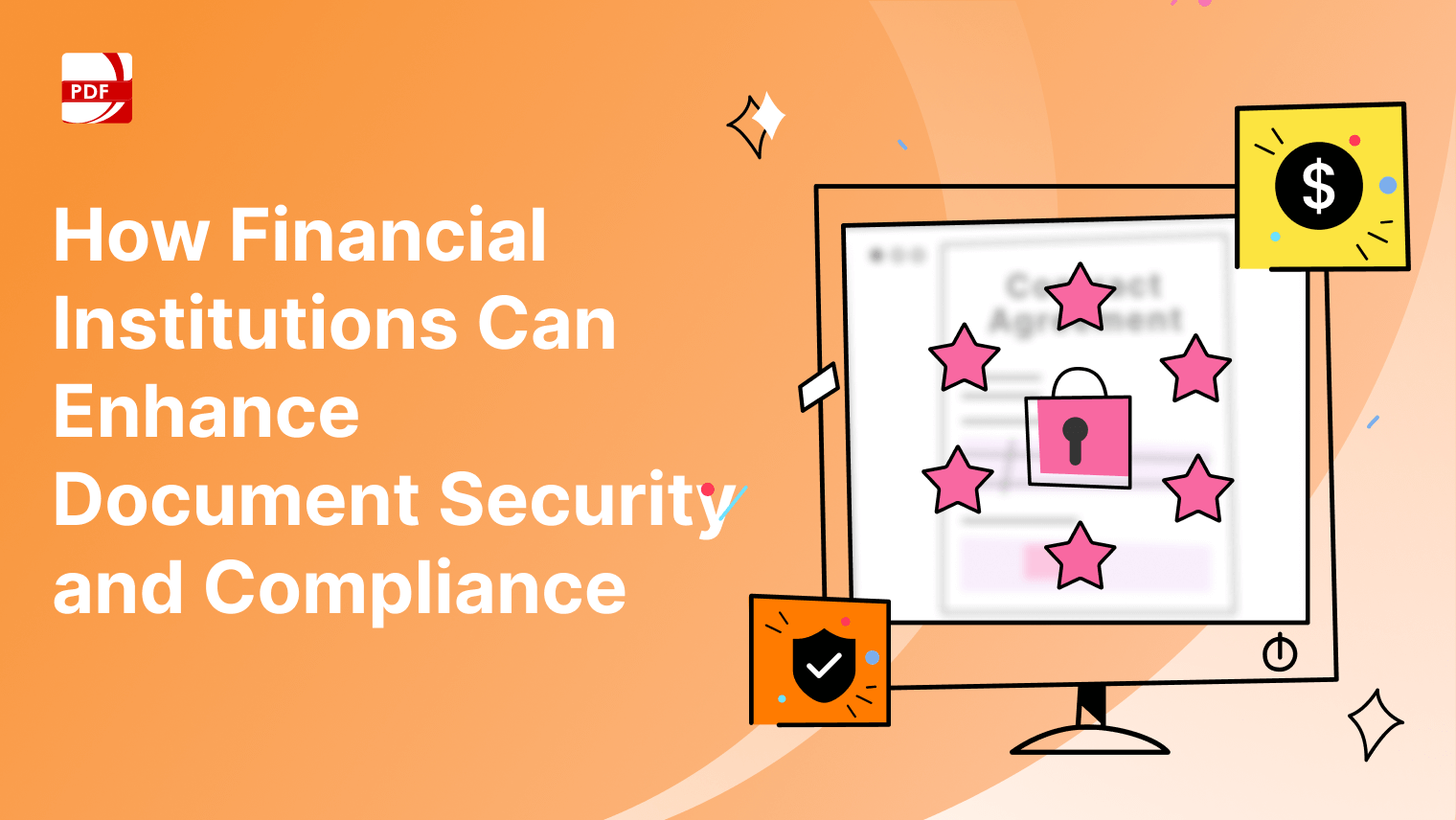Not only can unnecessary files slow down your computer or smartphone, but they also make it difficult to stay organized.
Knowing how to effectively get rid of files you don’t need can help you reclaim storage space, boost device performance, and simplify your digital life.
A Guide to Getting Rid of Unnecessary Files
Step 1: Organize Your Files
Before deleting anything, organize your files into folders to make it easier to see what you no longer need. Create categories like:
- Work Documents
- Personal Photos
- Videos
- Downloads
Step 2: Identify Unnecessary Files
Here’s how to pinpoint the files you don’t need:
- Old and Unused Files: Any file you haven’t accessed in months or years is a good candidate for deletion.
- Duplicate Files: Use a duplicate file finder tool (like Duplicate Cleaner or CCleaner) to locate and remove redundant copies.
- Temporary Files: Clear out your system's temporary files by using built-in tools like Disk Cleanup on Windows or Storage Management on Mac.
- Large Files: Identify large files that are taking up space. On Windows, use the “Storage” feature, and on Mac, go to “About This Mac” > “Storage” to view large files.
- Downloaded Files: Check your downloads folder for outdated or unnecessary items you may have forgotten about.
Step 3: Delete Files Safely
Once you’ve identified the files to delete, make sure to safely remove them:
- Empty the Trash/Recycle Bin: After deleting files, they often still take up space in your trash/recycle bin. Don’t forget to empty it.
- Shift + Delete (Windows): To permanently delete files without sending them to the recycle bin, use Shift + Delete.
- Secure Deletion for Sensitive Files: For sensitive data, use a tool like Eraser (Windows) or Secure Empty Trash (Mac) to ensure files are unrecoverable.
Step 4: Back Up Before Deleting
Before permanently deleting anything, consider backing up important files. Use external hard drives, USB sticks, or cloud storage services like Google Drive, Dropbox, or OneDrive to save important data.
Step 5: Automate the Process with Cleanup Tools
Use system cleanup tools to automate the process of finding and removing unnecessary files.
Step 6: Cloud Storage Decluttering
If you use cloud storage services like Google Drive or Dropbox, declutter these as well:
- Delete duplicate and old files.
- Organize documents into folders.
- Regularly clean out your shared files and photos.
Getting Organized with PDF Reader Pro
Did you know that PDF Reader Pro has annotation and outlining features for Windows and Mac that can help you stay organized?
Step 1: Navigate to the Outline
Find the panel on the left-hand side of the screen.
Step 2: Click on the Plus Icon
This will allow you to add more sections to your document.
Step 3: Click Into the Heading Field
This will allow you to rename each section with a custom label. 
Extra Tips for Ongoing File Management
- Set up a file organization system: Regularly sort files into appropriate folders to avoid digital clutter.
- Schedule regular cleanups: Set a reminder every few months to clear out unnecessary files and keep things organized.
- Avoid downloading unnecessary files: Be mindful of what you download, and clean out your downloads folder frequently.
- Use cloud storage wisely: Store important files in the cloud, but don’t let it become a dumping ground for everything.
Digital clutter can weigh you down, but getting rid of unnecessary files doesn’t have to be a daunting task.
By following these simple steps—organizing your files, identifying what’s unnecessary, and using cleanup tools—you can reclaim your storage space and keep your devices running efficiently.





 Free Download
Free Download  Free Download
Free Download 





 Support Chat
Support Chat